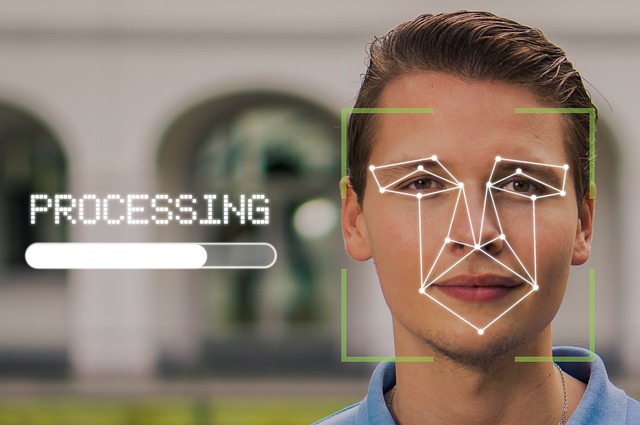Using continuous video records to streamline cross-border incident investigations
Continuous in-vehicle video can be a pivotal asset when incidents occur across borders. Persistent recording creates a time-ordered, tamper-resistant stream of digital evidence that helps investigators, carriers, and insurers reconstruct events, corroborate statements, and comply with varying jurisdictional requirements. This article explains how continuous footage, supported by modern analytics and reliable hardware, reduces friction in cross-border incident handling.

Continuous video records from fleet dash systems provide a chronological, contextual account of incidents that cross jurisdictions. Unlike isolated clips, a continuous stream preserves approach angles, environmental conditions, and vehicle behavior before, during, and after events. That continuity helps avoid gaps that can complicate chain-of-custody questions and supports consistent documentation for investigators and regulators. When paired with accurate timestamps, GPS data, and secure storage, continuous footage forms a durable digital record useful to law enforcement, compliance teams, and commercial claims handlers.
How do algorithm and machine learning support investigations?
Algorithms and machine learning models can flag critical moments in long video streams so human reviewers focus on relevant segments. Object detection algorithms identify pedestrians, cyclists, other vehicles, and license plates; motion analysis highlights sudden decelerations or lane departures. Machine learning classifiers can prioritize likely collision frames for review and correlate visual cues with telematics data. These automated steps improve efficiency, reduce the workload on investigators, and provide reproducible, data-driven leads during cross-border inquiries.
What role does data and digital evidence play?
Data integrity is central to cross-border evidence transfer. Metadata—timestamps, GPS coordinates, and sensor readings—anchors video frames to verifiable facts. Secure digital packaging techniques, including cryptographic hashing and auditable logs, preserve evidentiary value when footage moves between carriers, legal teams, and foreign authorities. Calculators or analytic tools that quantify impact windows, stopping distances, or speed estimates help translate raw footage into technical exhibits for investigators and insurance finance teams assessing liability and costs.
How does hardware reliability relate to power sources like diesel generator, inverter, panels?
Continuous recording depends on robust hardware and reliable power. Vehicle-grade cameras and storage modules are designed to handle vibration, temperature swings, and intermittent connectivity. For depot environments and remote charging sites, diesel generators, inverters, and solar panels can maintain upload stations or charging infrastructure so footage is offloaded without delay. Planning for redundant power reduces data loss risk during prolonged stops or grid outages and supports consistent evidence retention across regions.
How do security systems and software manage footage across borders?
Centralized security systems and fleet management software govern access, retention, and transfer policies. Role-based access, end-to-end encryption, and secure APIs ensure that only authorized parties can retrieve or share footage. When cross-border transfers are required, the software must respect data protection regulations while providing auditors with clear logs. Integration with logistics platforms, parcel tracking for online shopping fleets, or public charging networks enables consolidated incident context for multi-jurisdictional reviews.
How do hardware elements like printer, toner, kitchen, and light fit into practical workflows?
Operational details matter when preparing evidence packets. Investigators often produce printed timelines, annotated frames, and diagrams for local authorities; reliable office hardware such as printers and sufficient toner supplies ensure physical exhibits are available when digital transfer is constrained. On the operational side, cabin ergonomics—lighting levels around the driver’s kitchen or rest area—affect camera exposure and the quality of footage. Attention to these mundane elements supports clearer images and simpler forensic processing.
How do finance, innovation, and future considerations shape cross-border incident handling?
Finance teams evaluate the cost-benefit of continuous recording, balancing storage, bandwidth, and retention policy expenses against reductions in claims and faster resolution times. Innovation in compression algorithms and edge computing reduces data volumes while preserving evidentiary value. Public charging infrastructure and electrified fleets introduce new data sources—battery metrics, inverter behavior, and charging session logs—that can clarify incident contexts. As regulations and technology evolve, adaptable systems that combine hardware resilience, software controls, and thoughtful data management will be central to future cross-border investigations.
Conclusion
Continuous video records, when paired with secure software, reliable hardware, and analytic algorithms, create a coherent evidence trail for incidents that span jurisdictions. Practical attention to power reliability, data integrity, and operational workflows—from printer readiness to cabin lighting—helps preserve the quality and admissibility of footage. A balanced approach that integrates machine learning, clear metadata, and robust transfer policies makes cross-border investigations more efficient and more consistent without relying on speculative claims.





